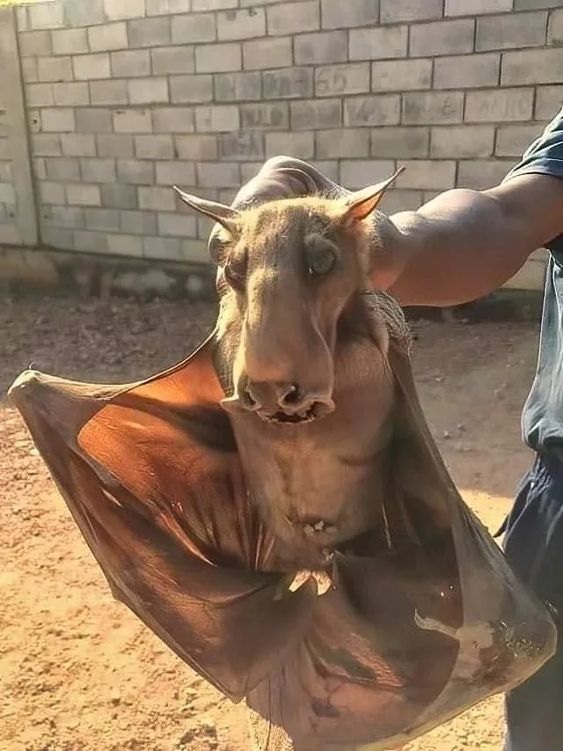In the realm of incredible creatures that grace our planet, the axolotl stands out as a true marvel of nature. Often referred to as the “Mexican walking fish,” this unique amphibian is native to the ancient waterways of Mexico. What makes the axolotl particularly fascinating is its exceptional ability to retain juvenile characteristics throughout its entire life, a phenomenon known as neoteny. This captivating creature has captivated the imaginations of scientists, researchers, and enthusiasts alike, earning its place as an extraordinary denizen of the animal kingdom.
Physical Marvels:
The axolotl’s physical characteristics are undeniably enchanting. With its feathery external gills, slender body, and expressive, lidless eyes, the axolotl presents an appearance that seems almost mythical. Unlike other amphibians, the axolotl retains its aquatic lifestyle, even as it reaches adulthood, avoiding the need to undergo metamorphosis. This ability allows it to keep its tadpole-like features, providing a glimpse into the developmental stages that other amphibians quickly outgrow.
Regenerative Superpower:
Perhaps the most astounding trait of the axolotl is its unparalleled regenerative abilities. Unlike most animals, which lose the ability to regenerate tissues as they age, the axolotl maintains this incredible power throughout its life. It can regrow entire limbs, including bones, muscles, and nerves, with remarkable precision. Scientists are avidly studying the axolotl’s regenerative capabilities in the hope of unlocking insights that could revolutionize regenerative medicine for humans.
Neoteny and Lifelong Youthfulness:
The concept of neoteny in the axolotl is a biological phenomenon that has intrigued scientists for decades. Neoteny refers to the retention of juvenile traits in adulthood, and the axolotl embodies this concept flawlessly. While other amphibians undergo metamorphosis, transforming from aquatic larvae to terrestrial adults, the axolotl remains aquatic and retains its gilled, water-dwelling form throughout its life. This unique characteristic allows researchers to explore the underlying genetic and molecular mechanisms responsible for neoteny, offering valuable insights into the process of development and evolution.
Endangered Elegance:
Despite its captivating features, the axolotl faces a critical threat in its natural habitat. Urbanization, pollution, and the introduction of non-native species have led to a significant decline in the wild axolotl population. The International Union for Conservation of Nature (IUCN) lists the axolotl as a critically endangered species. Efforts are being made to conserve and protect the remaining populations, both in their natural habitat and through captive breeding programs, to ensure the survival of this remarkable creature.
Scientific Significance:
The axolotl’s unique biological characteristics make it an invaluable subject for scientific research. Its regenerative abilities have implications for fields beyond medicine, including tissue engineering and biotechnology. By understanding how the axolotl can regenerate complex structures, scientists hope to unlock the secrets of tissue regeneration in other organisms, potentially paving the way for innovative medical treatments and therapies.
Conclusion:
In the vast tapestry of Earth’s biodiversity, the axolotl emerges as a creature that defies conventions and astonishes with its extraordinary features. From its perpetual youthfulness to its awe-inspiring regenerative powers, the axolotl captivates not only the scientific community but also the hearts of nature enthusiasts around the world. As we strive to protect and conserve this endangered species, the axolotl serves as a poignant reminder of the delicate balance between human activities and the preservation of our planet’s most wondrous inhabitants.











